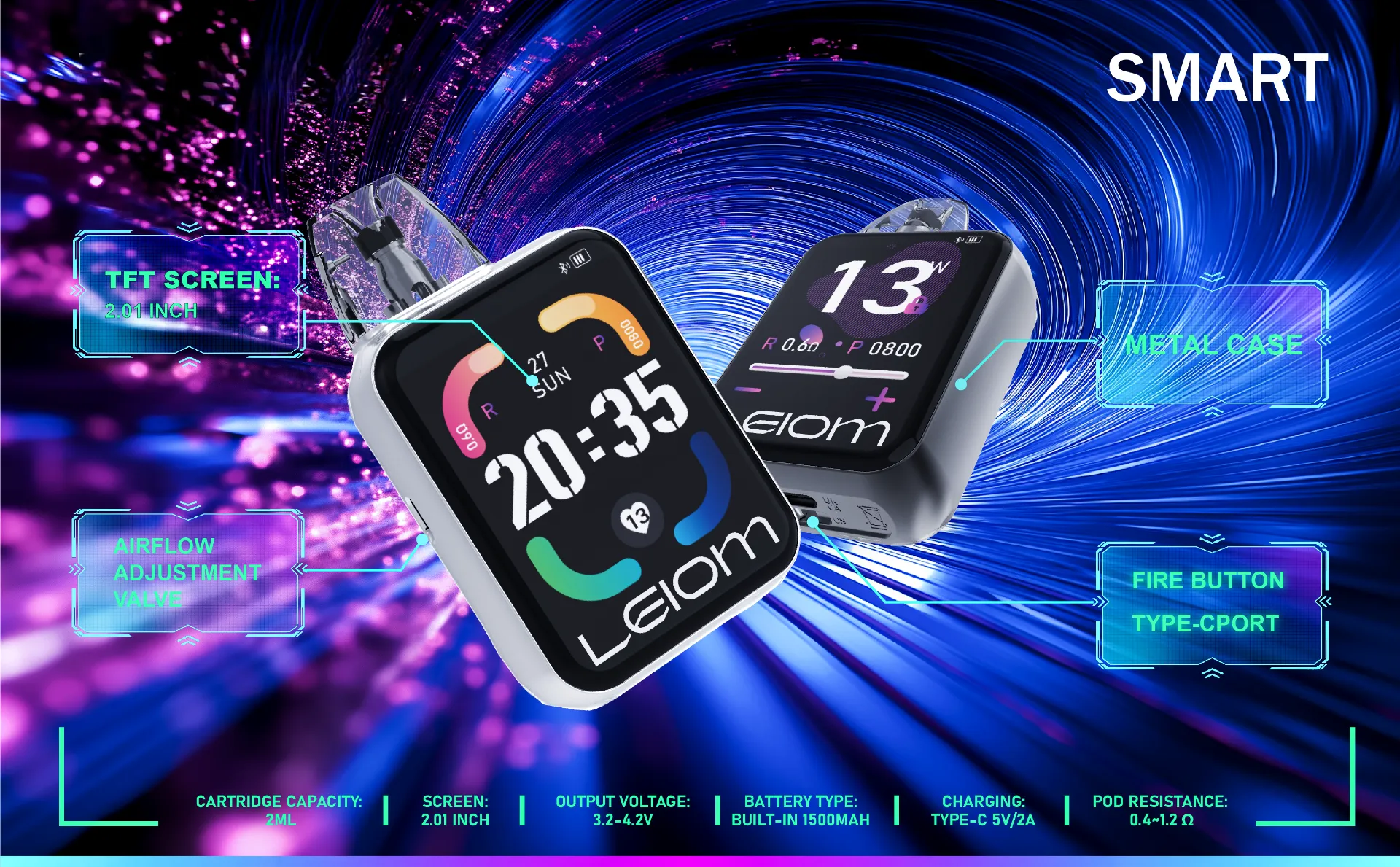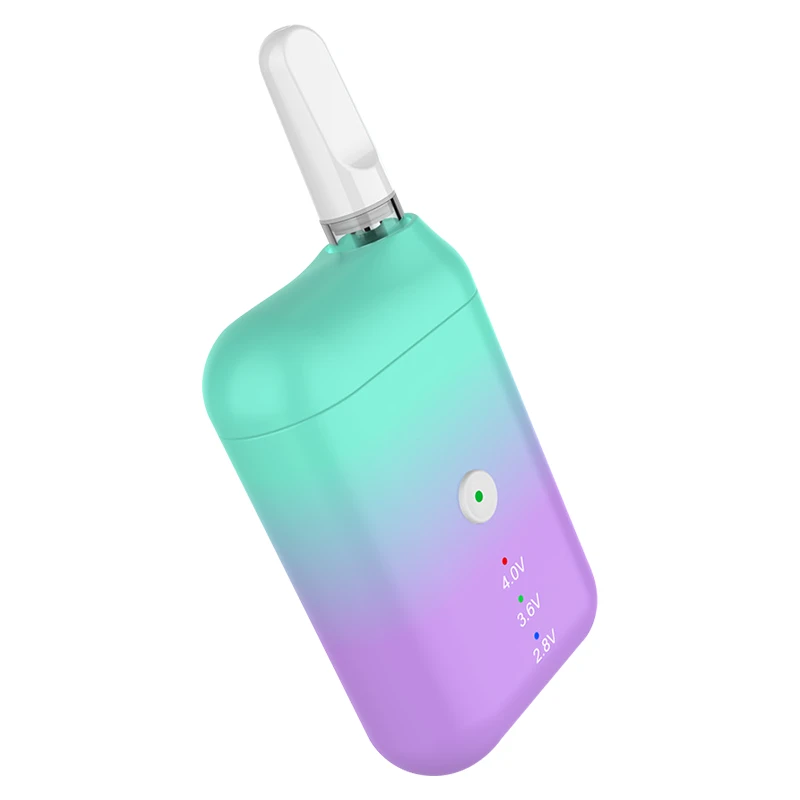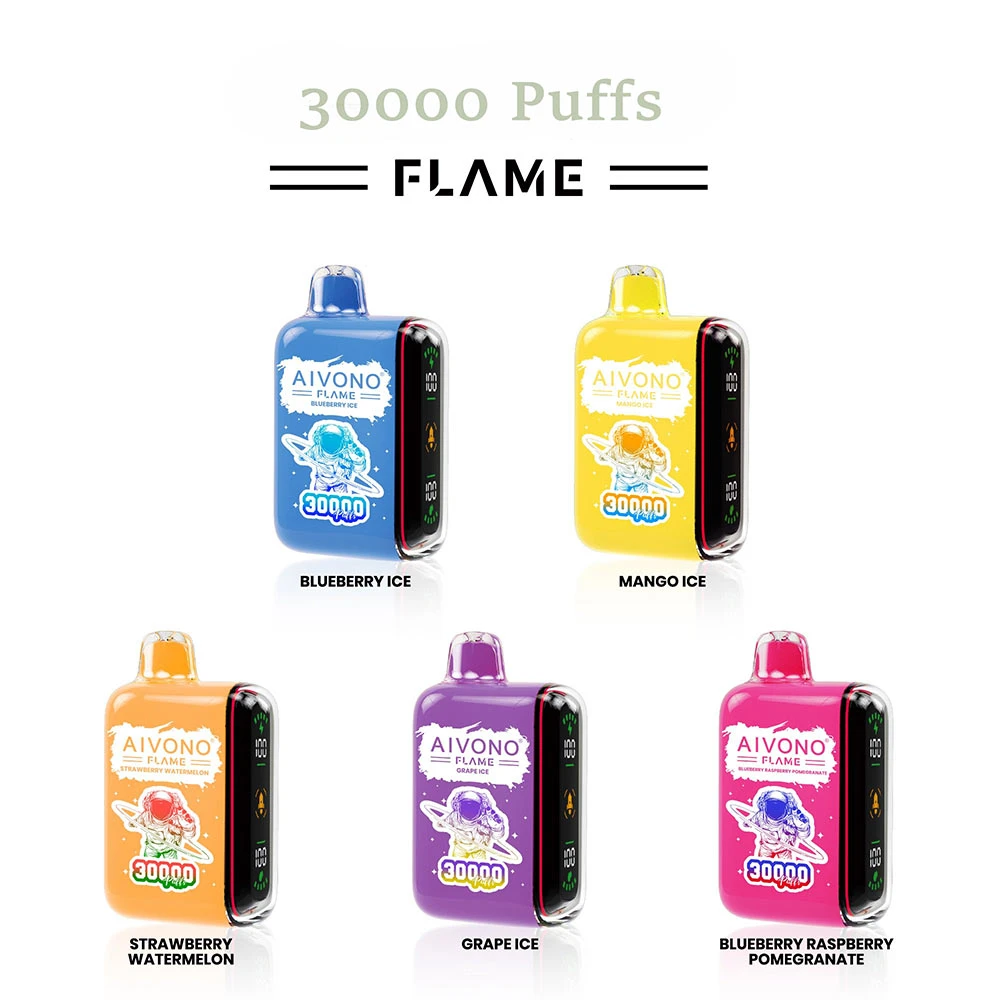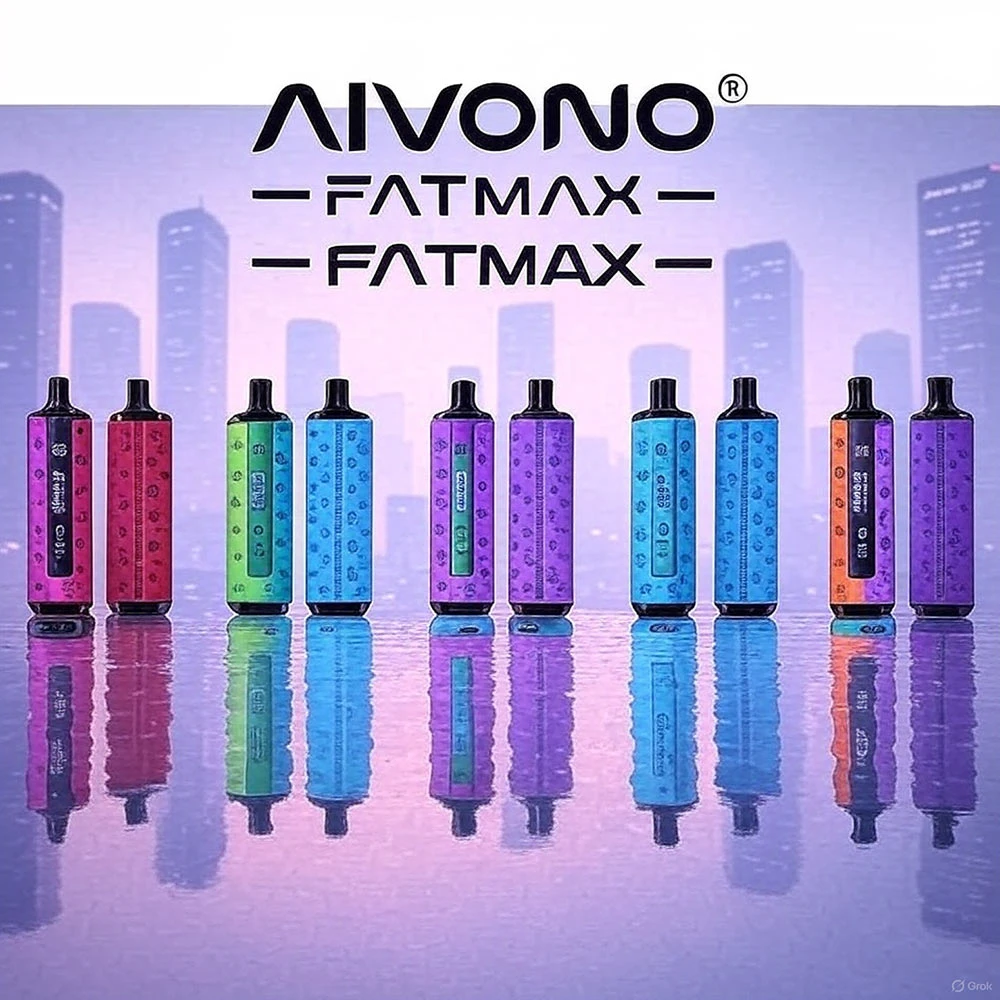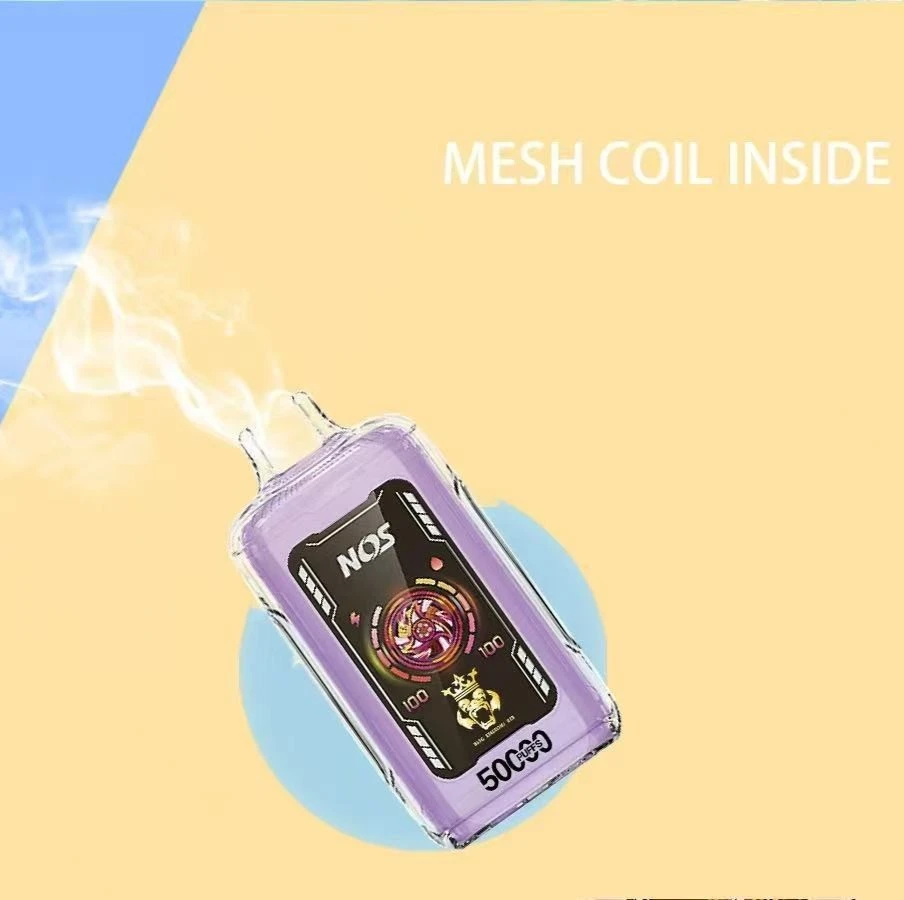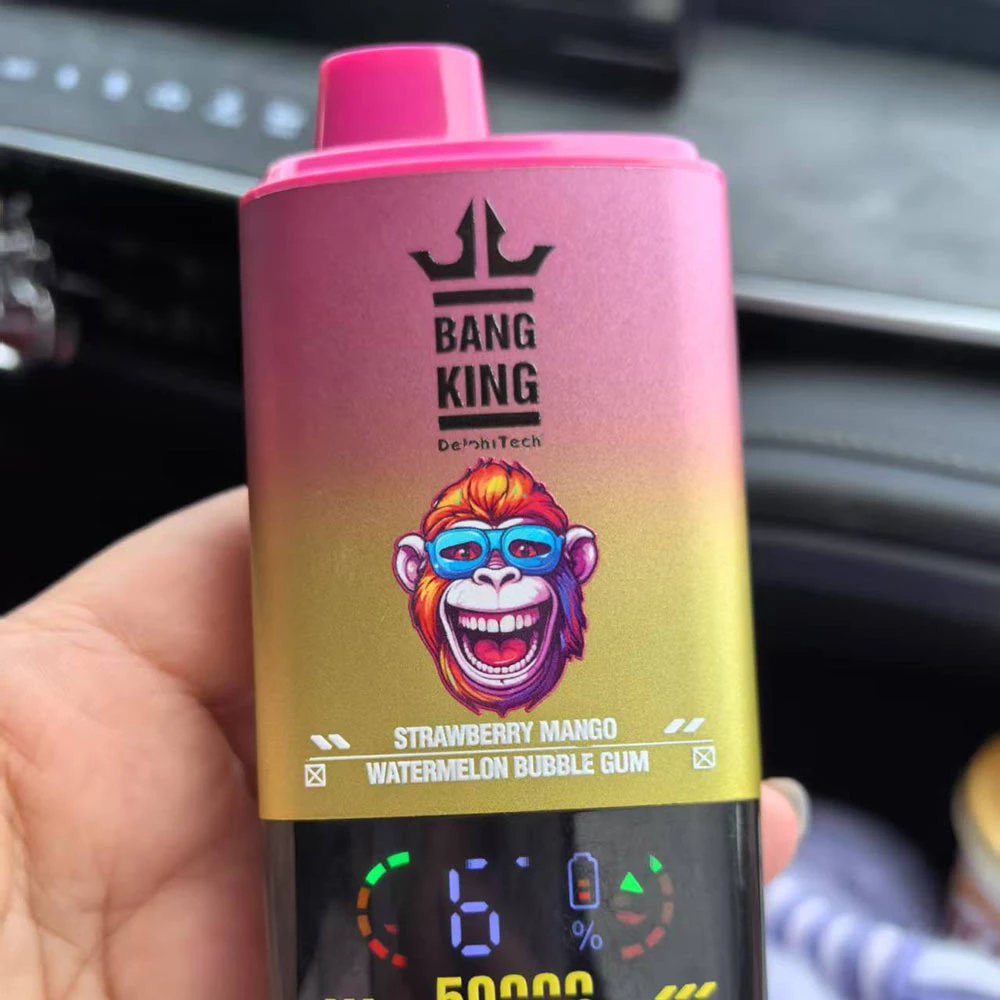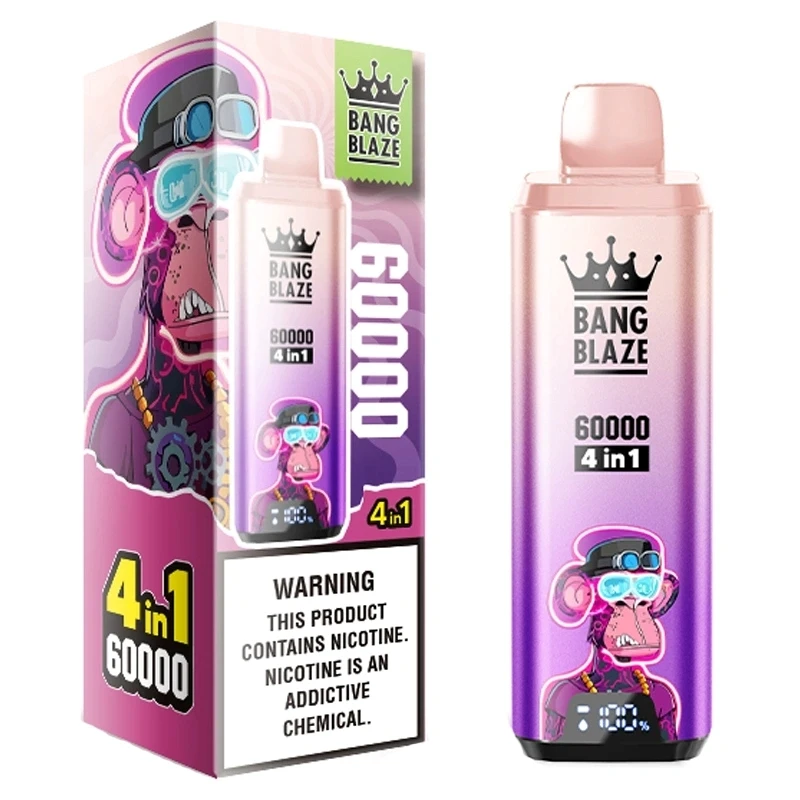- Understanding the Fundamentals of DTL and MTL Vaping
- Technical Advantages: Coil Resistance and Airflow Design
- Performance Metrics: Battery Life and E-Liquid Consumption
- Brand Comparison: Top Manufacturers for DTL vs. MTL Devices
- Customization Options: Tailoring Your Vaping Experience
- Real-World Applications: User Scenarios and Preferences
- Future Trends in DTL and MTL Vape Technology
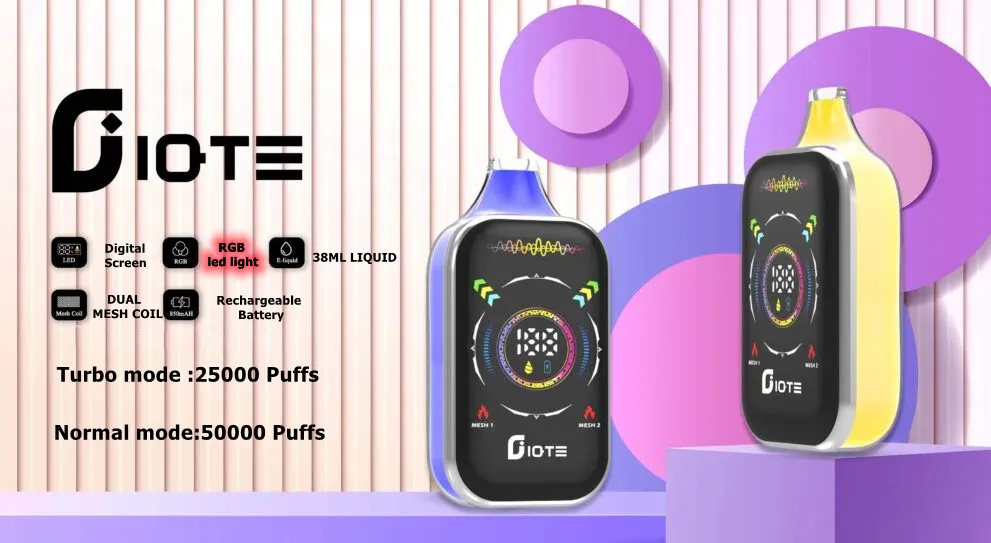
(vape dtl vs mtl)
Understanding the Fundamentals of DTL vs MTL Vaping
DTL (Direct-to-Lung) and MTL (Mouth-to-Lung) represent two distinct vaping styles, each catering to specific user preferences. DTL devices prioritize high vapor production, leveraging sub-ohm coils (typically below 1.0Ω) and wide airflow systems. In contrast, MTL vaping mimics traditional cigarette draws, utilizing higher-resistance coils (1.0Ω or above) and tighter airflow for a restricted inhale. A 2023 market survey revealed that 58% of former smokers prefer MTL devices, while 62% of cloud-chasing enthusiasts opt for DTL setups.
Technical Advantages: Coil Resistance and Airflow Design
The core distinction lies in coil architecture. DTL coils operate at lower resistances (0.15–0.3Ω), requiring higher wattages (60–120W) to vaporize dense e-liquids (70% VG blends). MTL coils (1.2–1.8Ω) function optimally at 8–15W, ideal for nicotine salts and PG-dominant solutions. Airflow customization further differentiates these systems: DTL tanks offer adjustable slots up to 5mm diameter, whereas MTL models restrict airflow to 1–2mm for precise control.
Performance Metrics: Battery Life and E-Liquid Consumption
| Parameter | DTL Devices | MTL Devices |
|---|---|---|
| Average Battery Drain (3000mAh) | 4–6 hours | 18–24 hours |
| E-Liquid Usage (Daily) | 8–12ml | 2–4ml |
| Optimal Nicotine Strength | 3–6mg/ml | 12–20mg/ml |
Brand Comparison: Top Manufacturers for DTL vs. MTL Devices
Industry leaders showcase specialized engineering: SMOK’s TFV series dominates DTL with quad-core mesh coils (0.15Ω), while Aspire’s Nautilus line leads MTL through patented vertical coil technology. Vaporesso’s GEN 200 hybrid mod supports both styles through interchangeable tanks, demonstrating 37% higher sales than single-style devices in Q1 2024.
Customization Options: Tailoring Your Vaping Experience
Advanced users employ variable wattage controls (5–200W range) and TC (Temperature Control) modes to optimize performance. DTL enthusiasts frequently upgrade to 28mm RDA decks for coil-building flexibility, while MTL users adopt adjustable pin systems for airflow fine-tuning. Third-party analytics show 44% of vapers modify their devices within six months of purchase.
Real-World Applications: User Scenarios and Preferences
Field studies identify clear usage patterns: 71% of DTL users vape socially for cloud production, whereas 83% of MTL adopters prioritize discreet nicotine delivery. Hybrid devices like GeekVape’s Aegis Boost Pro (IP68-rated) bridge both markets, achieving 92% user satisfaction in durability tests across extreme environments.
Future Trends in DTL and MTL Vape Technology
Innovations in ceramic coil substrates and AI-powered wattage adjustment are reshaping both DTL and MTL markets. Manufacturers project 27% CAGR for smart MTL devices through 2026, driven by health-conscious users seeking precise nicotine management. Simultaneously, DTL advancements focus on eco-conscious vapor production, with new alloys reducing coil replacement frequency by 40%.
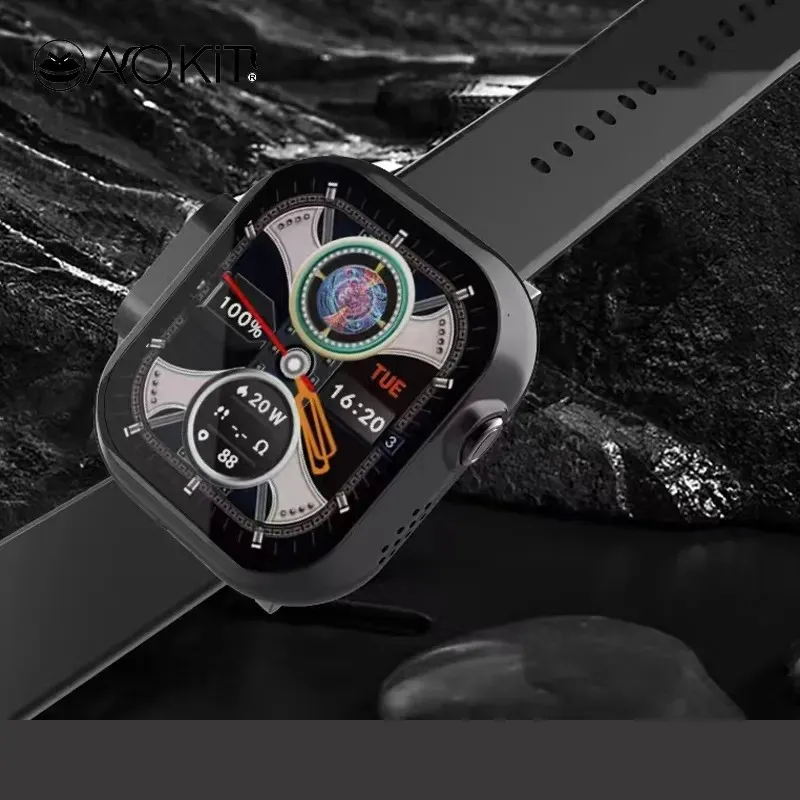
(vape dtl vs mtl)
FAQS on vape dtl vs mtl
Q: What is the main difference between DTL and MTL vaping?
A: DTL (Direct-to-Lung) involves inhaling vapor directly into the lungs, mimicking a deep breath, while MTL (Mouth-to-Lung) requires holding vapor in the mouth first, similar to smoking a cigarette. DTL uses high-airflow devices, whereas MTL uses tighter airflow. Flavor and vapor production also differ between the two styles.
Q: Which vaping style, DTL or MTL, is better for beginners?
A: MTL is often recommended for beginners due to its resemblance to traditional smoking and lower power requirements. DTL requires higher-wattage devices and familiarity with adjusting airflow. Starting with MTL can ease the transition to vaping.
Q: Do DTL and MTL vaping require different e-liquids?
A: Yes, DTL typically uses high-VG e-liquids for smoother vapor production, while MTL pairs better with higher-PG e-liquids for stronger throat hits. Nicotine strength is usually lower in DTL (3-6mg) and higher in MTL (6-20mg). Device compatibility also influences e-liquid choices.
Q: Can I use the same device for both MTL and DTL vaping?
A: Some adjustable-airflow pod systems or mods allow switching between MTL and DTL by altering coil resistance and airflow settings. However, dedicated MTL devices prioritize tight draws, while DTL devices focus on airflow and sub-ohm coils. Versatile devices offer flexibility but may compromise specialization.
Q: Which style, MTL or DTL, conserves e-liquid more efficiently?
A: MTL generally conserves e-liquid better due to lower vapor production and higher nicotine concentration per puff. DTL consumes more e-liquid because of larger vapor clouds and lower nicotine strengths. Battery life also drains faster with DTL’s higher power demands.
Post time:Mai - 14 - 2025

